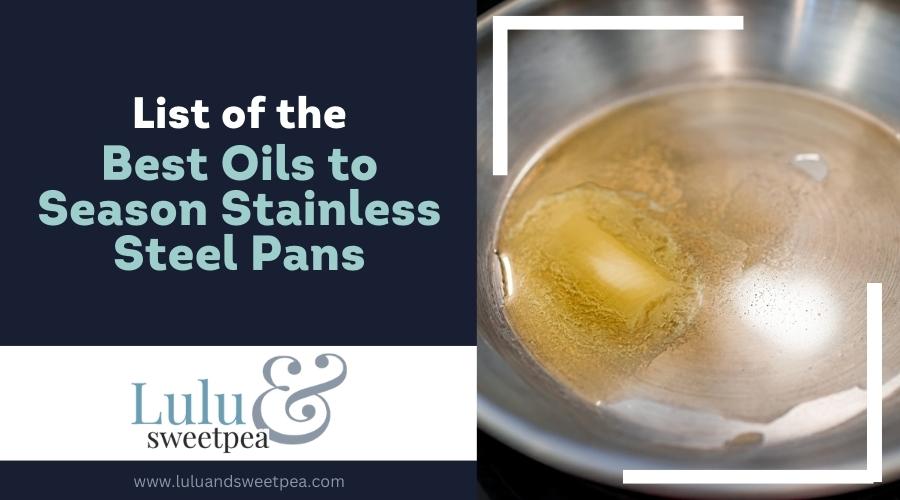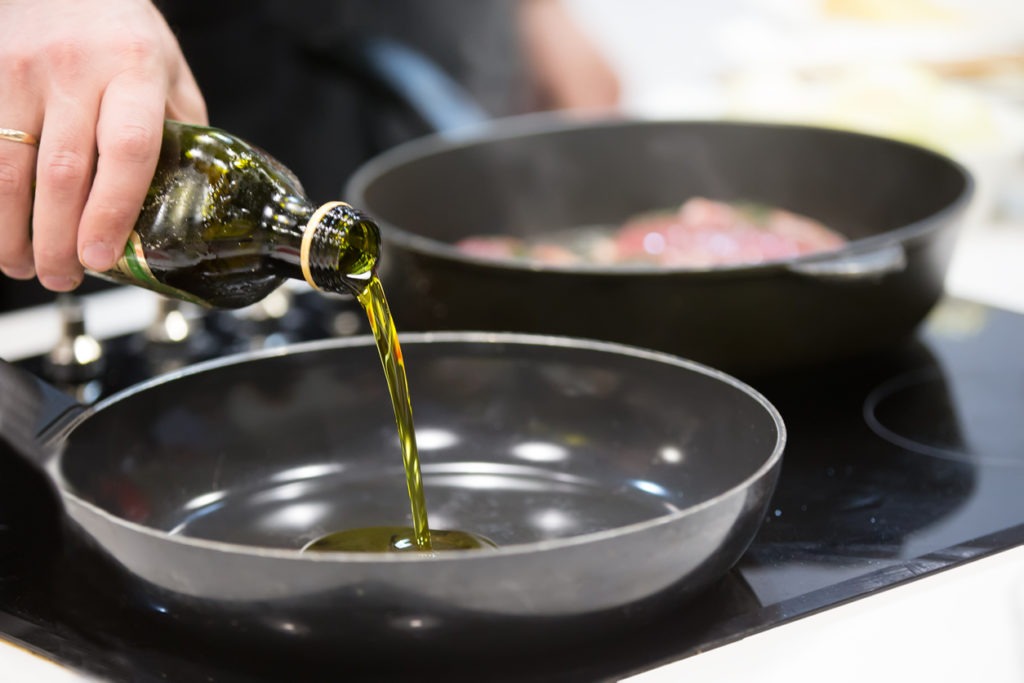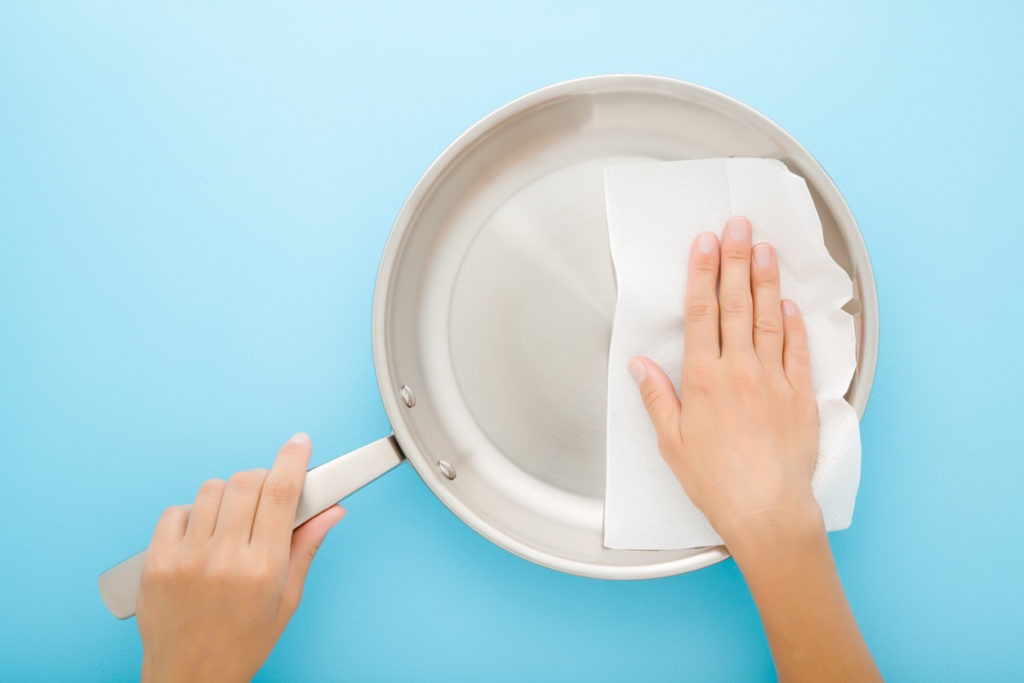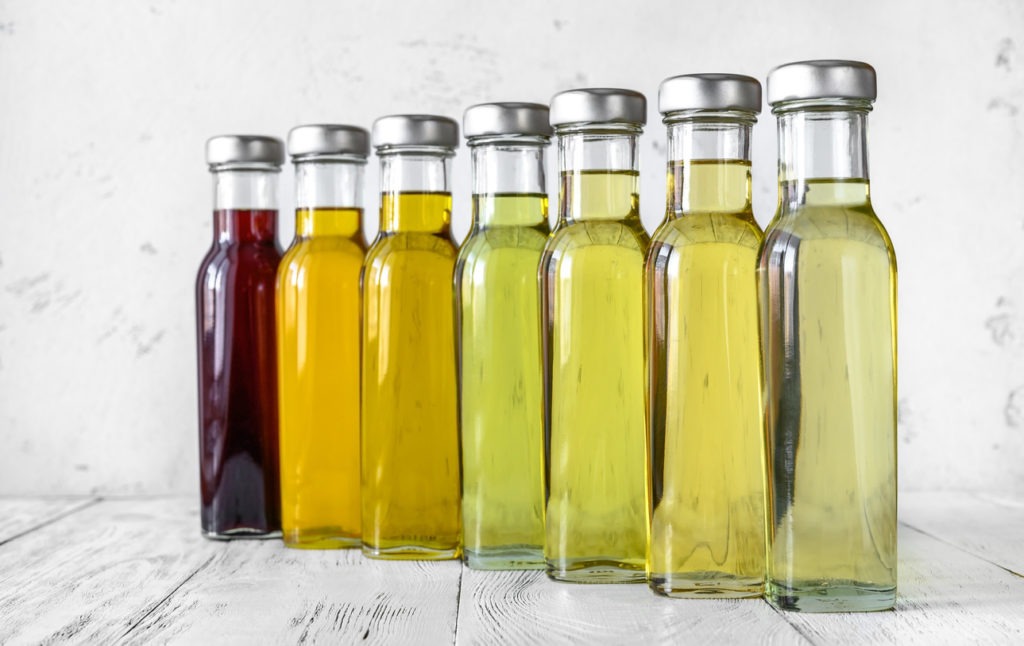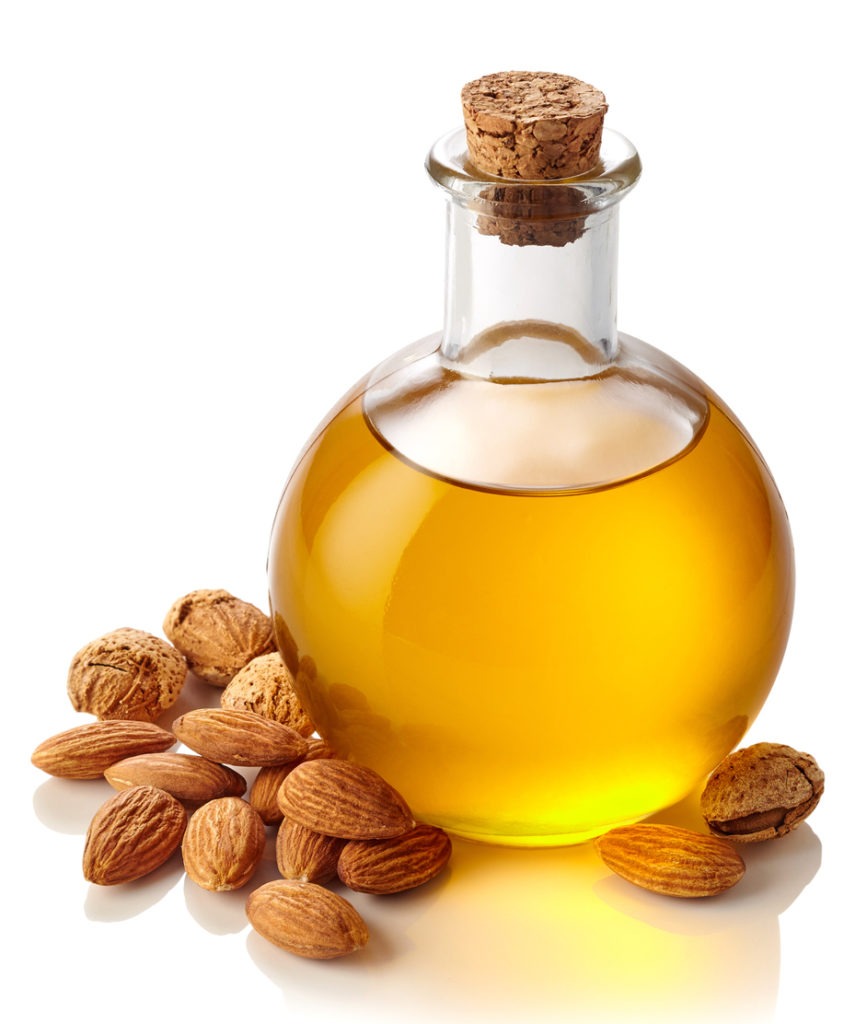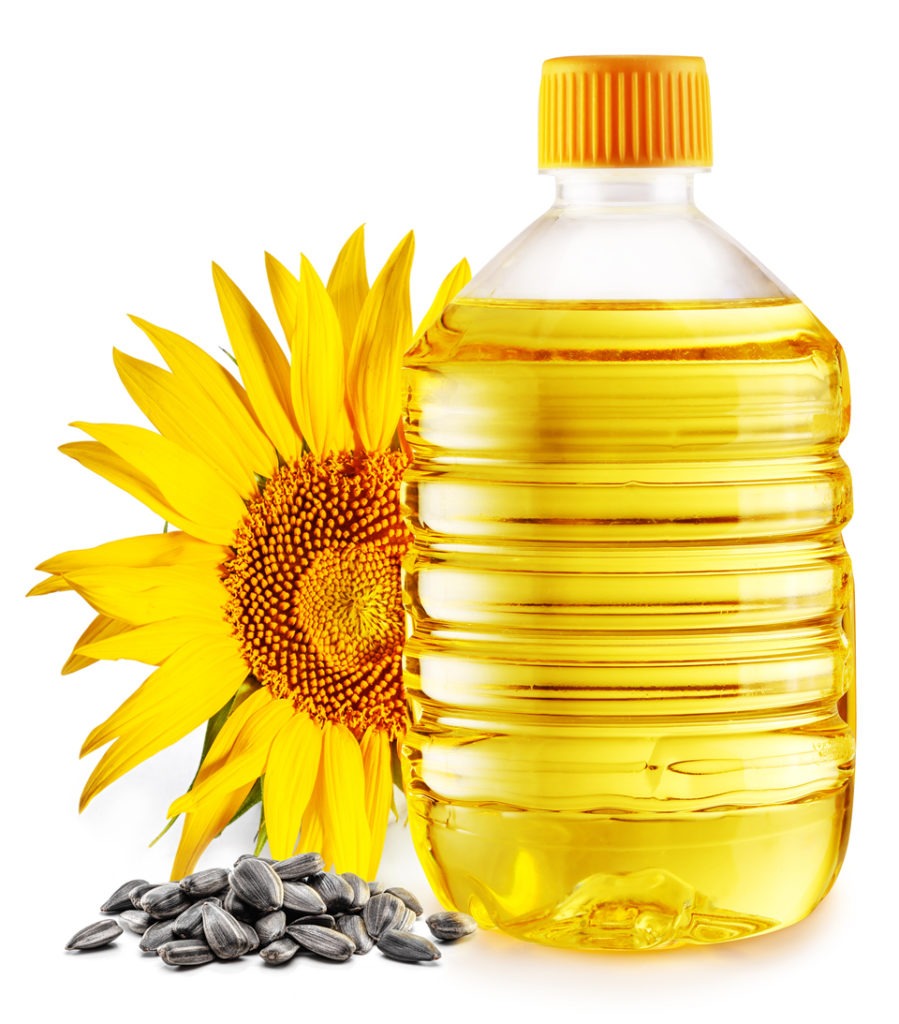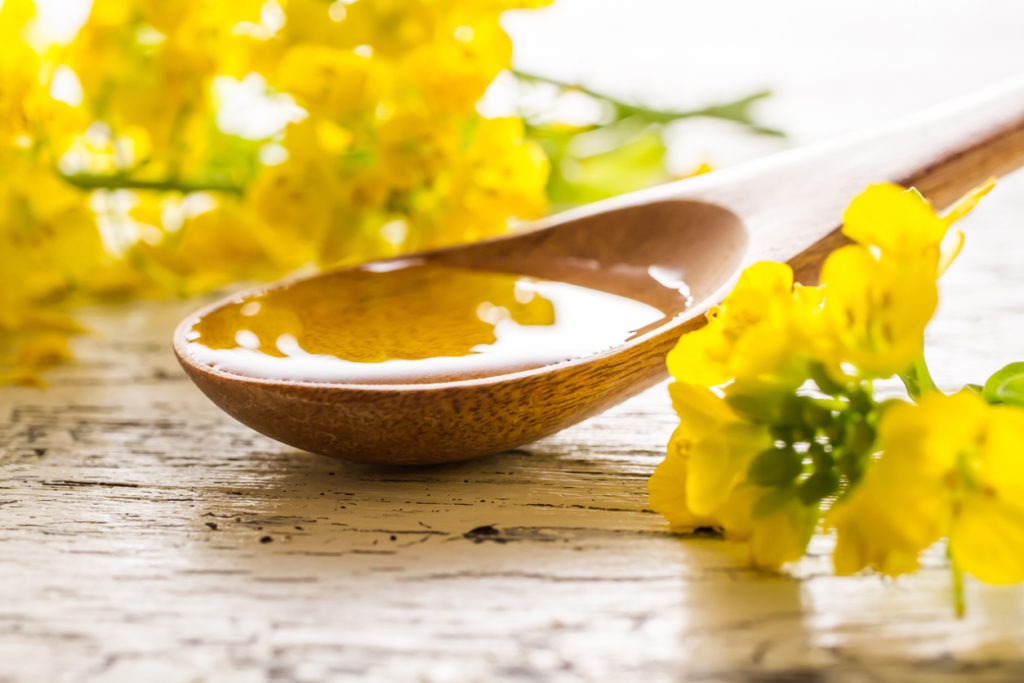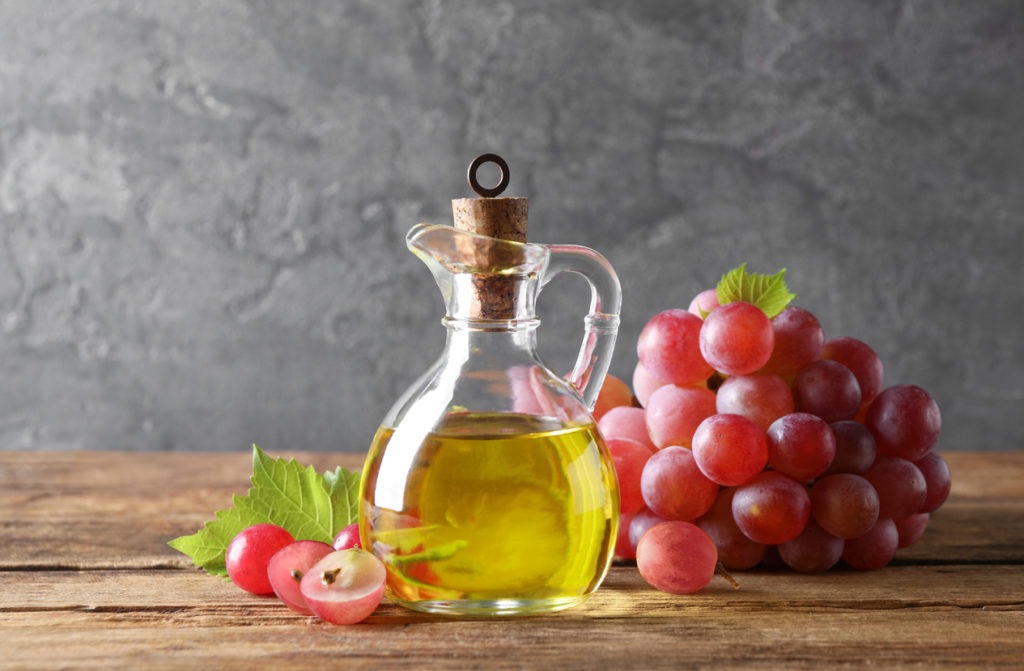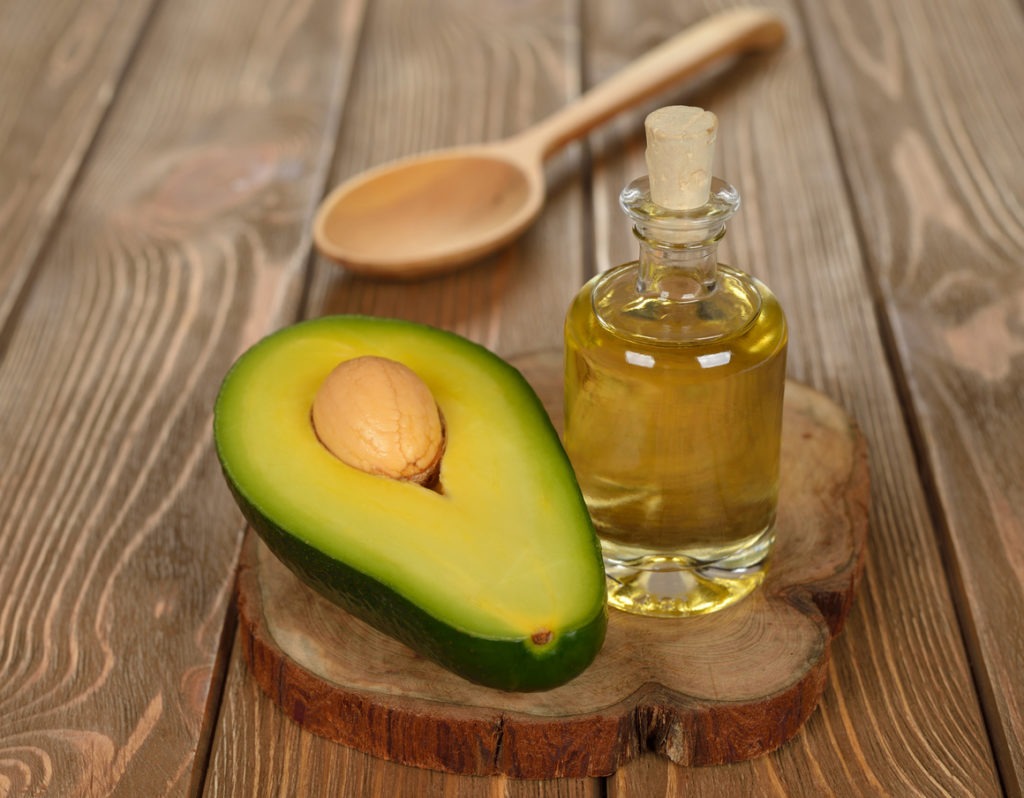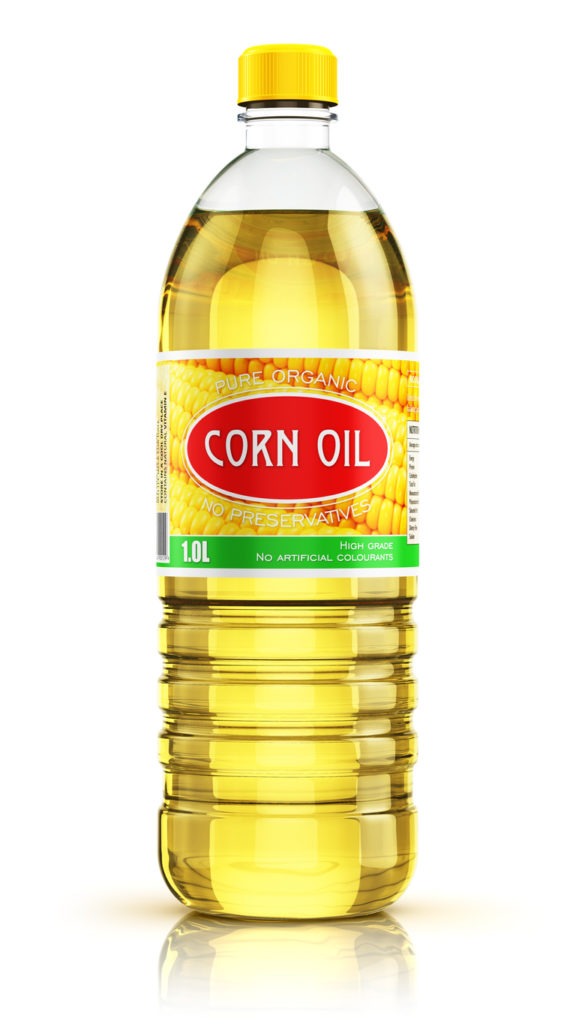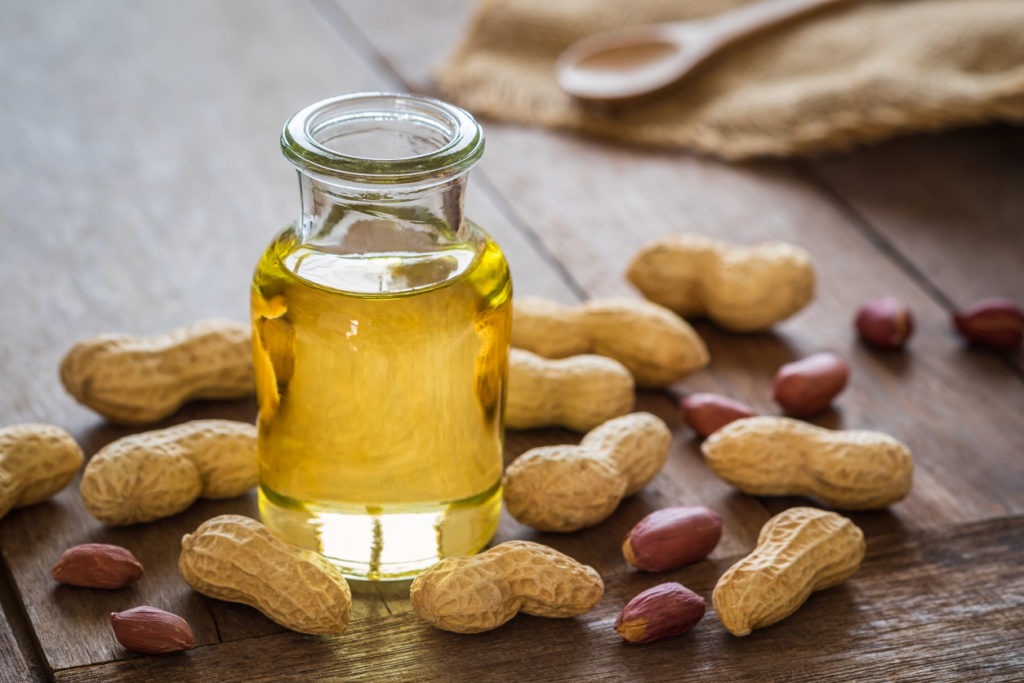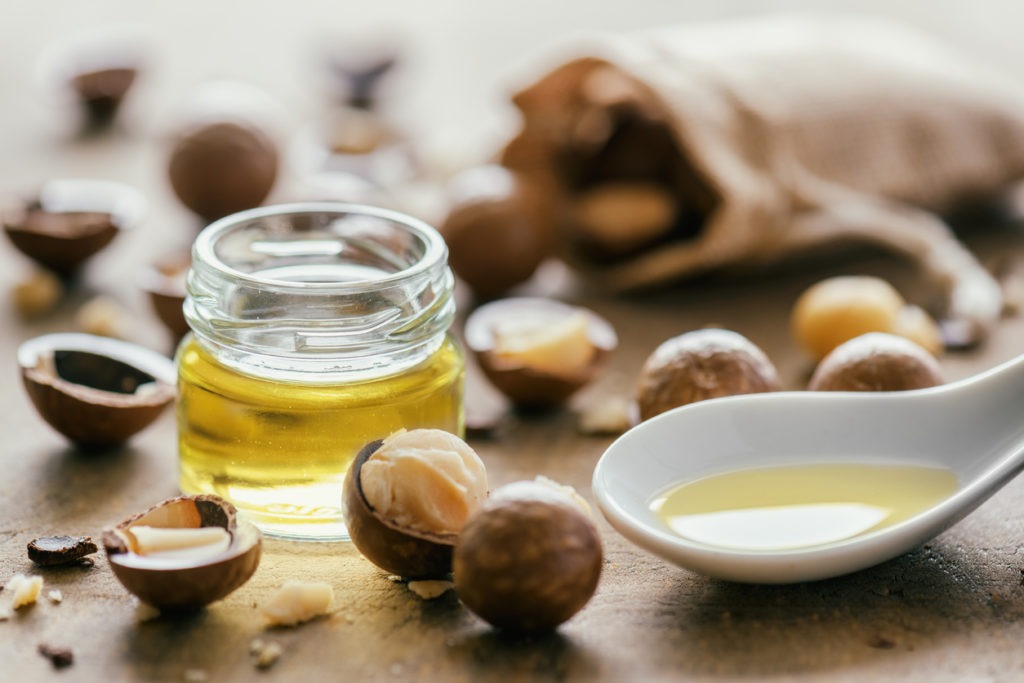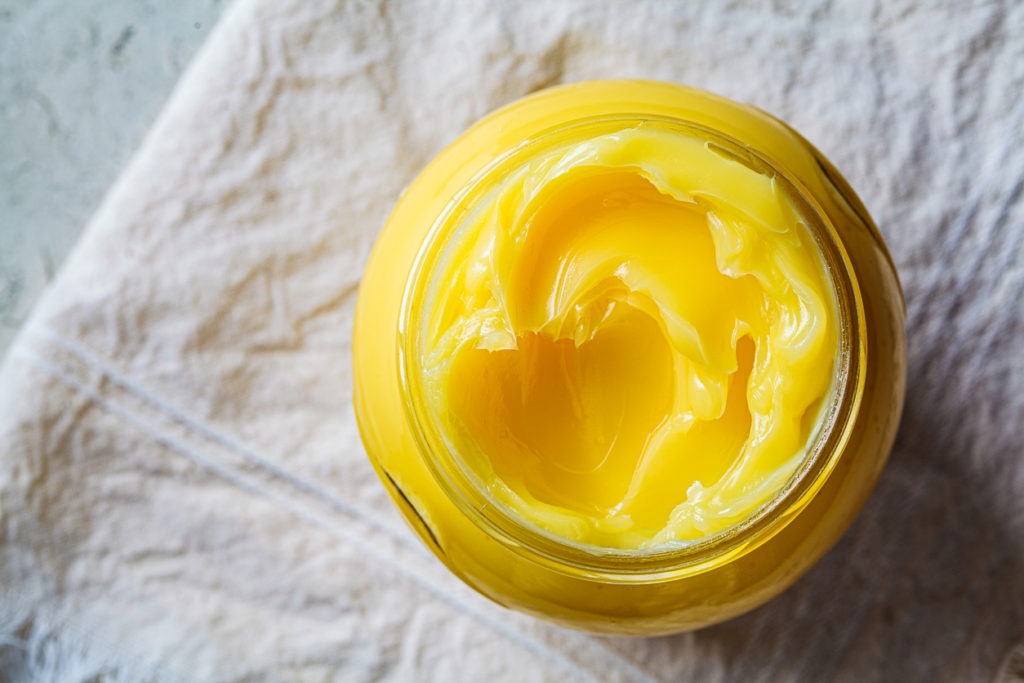In deep frying and searing, stainless steel hardware is frequently used. The temperatures and chemical conditions are no problem for it. It is more compatible, a food contact certified, simple to maintain, has a longer lifespan as its resilient enough to resist shock, is non-toxic, and is scratch, stain, and rust resistant. The surface of stainless steel becomes non-stick and is simple to clean if high heat is applied, a fat or oil is applied, and then the heat is reduced.
These pans are typically used by professional cooks since they can withstand the rigorous daily use.
Stainless steel pan is dishwasher safe.
Why Is It Important to Season a Stainless Pan Before Using It?
The majority of brand-new stainless steel pans have an unseasoned metal surface, which means that even if you used a lot of oil to cook with, any food you put in them would undoubtedly stick. For your food to not stick too much, you need to create a polymerized oil film. Pan seasoning is advised even though it is not a preference because it is necessary. Pan seasoning is the process of coating a pan with cooking oil and heating it in the oven to make it nonstick, merely using hot water to wash the pan and oiling it after each use.
How Do You Season Stainless Steel Pan? And What to Do Next?
Heat a teaspoon of oil in the pan until it smokes, then remove from heat and set aside to cool. For pan cleaning, use dry kitchen paper. You apply moderate pressure and wipe in this manner. You ought to see some residue on your kitchen paper. Increase the oil you use gradually if you don’t see any residue on the kitchen towel. Then clean as usual.
Repeat the seasoning procedure once or twice a week from time to time.
Best Oil to Season Stainless Steel Pans
No matter what type of pan you use, oil is necessary for cooking. Food doesn’t stick to the pan as a result of oil’s lubricating properties. Oil is used to convey flavors throughout a food, bringing out their flavors and distributing them.
Any oil with a high smoke point will work to season a stainless steel pan. However, we must also take into account finicky eaters, vegans or people who strictly observed religious protocols in cooking. You can use the list below as guide.
1. Almond Oil
Has a smoke point of 430 degrees Fahrenheit and tolerate high heat. and is renowned for its nutty flavor. A monounsaturated oil that is suitable for baking, searing, stir-frying, and sautéing.
2. Sunflower Oil
It has a mild flavor and a light consistency. It can stand heat up to 440 degrees Fahrenheit. It is used in salad dressings, substitute for margarine and all types of cooking. It is high in Vitamin E and low in saturated fat.
3. Canola Oil
It can withstand heat up to 400 degrees Fahrenheit and has a neutral flavor. It is best for sautéing, frying, dressing and roasting.
4. Grapeseed Oil
It can withstand temperatures of up to 485 degrees Fahrenheit and has neutral flavor. It contains antioxidants and flavonoids. It is use in high heat sautéing and stir frying.
5. Avocado Oil
It is neutral tasting and has a good smoke point of 510 degrees. And preferred for high-heat cooking. It is a monounsaturated fat that is beneficial for its significant amounts of vitamins A, B1, B2, D, and E.
6. Corn Oil
It is a refined oil with a moderate flavor and no odor. It can stand heat up to 450 degrees Fahrenheit. It is ideal for grilling, sautéing, stir frying and deep frying. Known for reducing cholesterol.
7. Peanut Oil
Is heat resistant to 450 degrees Fahrenheit and has a delicate flavor. It can be prepared over medium heat. It is the perfect oil for stir-frying and sautéing because it combines monounsaturated, polyunsaturated, and saturated types. It can withstand rancidity.
8. Macadamia Nut Oil
is well known for having a smooth and nutty flavor. An oil kind that is monounsaturated and suitable for cooking over medium heat. It contains a lot of vitamin D and antioxidants.
9. Clarified Butter (Ghee)
It’s a specific type of saturated fat with a little nutty flavor. It can be used in any form of cooking that can sustain a temperature of 350 degrees Fahrenheit. It enhances digestion.
10. Safflower Oil
It is a refined oil with a good smoke point of 510 degrees Fahrenheit. It is flavorless and works well for deep frying. It is good for sautéing, searing, browning, and deep frying and known for its cardiovascular benefits.
Conclusion
Maintain a clean, dry, and lubricated stainless-steel pan. After washing the pans, frequently reheat them to the smoke point before storing them. The seasoning is preserved in this way. The polymerized layer will be removed if you use soap or steel wool to clean the pan each time, therefore you might need to reapply the “non-stick coating” before using.
